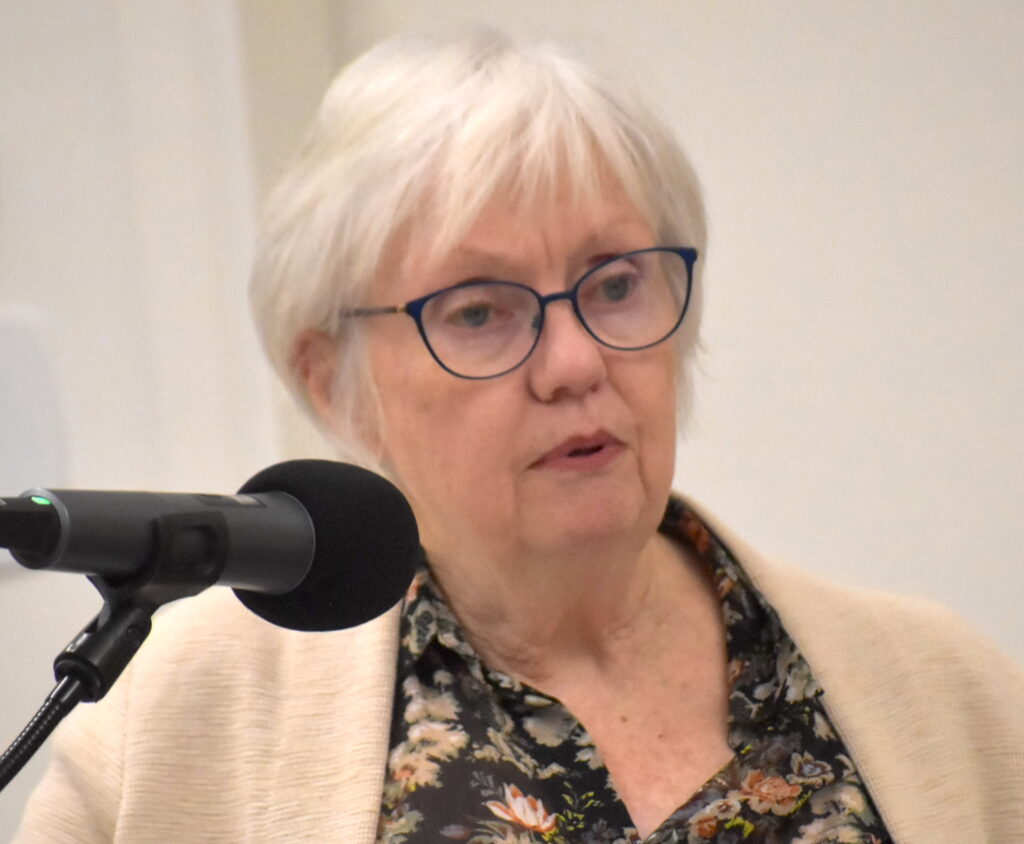 Ben d’Avernas. (Jason Parks/Gazette Staff)
Ben d’Avernas. (Jason Parks/Gazette Staff)
Four residents turned up at Shire Hall last week for the final Size of Council public meeting.
That was about par for the course. From Ameliasburgh to Wellington, as from Cherry Valley to Picton, not much more than a handful of residents showed up to the public meetings on the proposed ballot question.
Mandatory under Ontario’s Municipal Elections Act, the meetings were to elicit input from voters on the proposed ballot question, “Are you in favour of a third-party review of Council size and related ward boundary changes?”
But Interim County Clerk Victoria Leskie’s preamble detailing the process, timelines, next steps, and potential outcomes were the main event. The public sessions the Gazette attended in Wellington and Picton were both adjourned within 20 minutes.

It’s not clear if residents aren’t interested in the size of Council — or just aren’t interested in meetings.
At Tuesday’s short and sweet proceeding, Picton’s Ben d’Avernas wondered why the question wasn’t more direct.
“Why not simply ask are you in favour of reducing the size of council? I’m not sure why this convoluted step even needs to happen in the first place,” he asked.
Provincial legislation requires that ballot queries be clear, concise, and neutral yes-or-no questions.
“If it’s not a neutral and straight yes-or-no question, it doesn’t work,” said Ms. Leskie.
The question links ward boundary changes to the third party review. In the past, changing the number of councillors has been amenable to many. Changing existing ward boundaries is the hard part.
To ensure equitable representation should councillors be reduced, ward boundaries would need to be redrawn.
While the review could be completed in-house, Ms. Leskie explained a third-party review helps to ensure impartiality.
But to launch a third-party review at least 50 percent of the electorate must have cast a vote in the 2026 election and 50 percent plus one of those must have voted in favour. The most recent municipal election saw a 47 percent voter turnout, one of the highest participation rates in Ontario. The average turnout in 2022 was 33 percent, according to the Ontario Association of Municipalities.
“It’s a high threshold, but not one we couldn’t overcome,” noted Ms. Leskie.
Council must come up with a bylaw motion prior to March 1, 2026. A final vote will be required to include a Size of Council question on the ballot.
Whether the apparently mild public interest in a Size of Council ballot question will stop Councillor Braney’s initial motion in its tracks remains to be seen.
See it in the newspaper